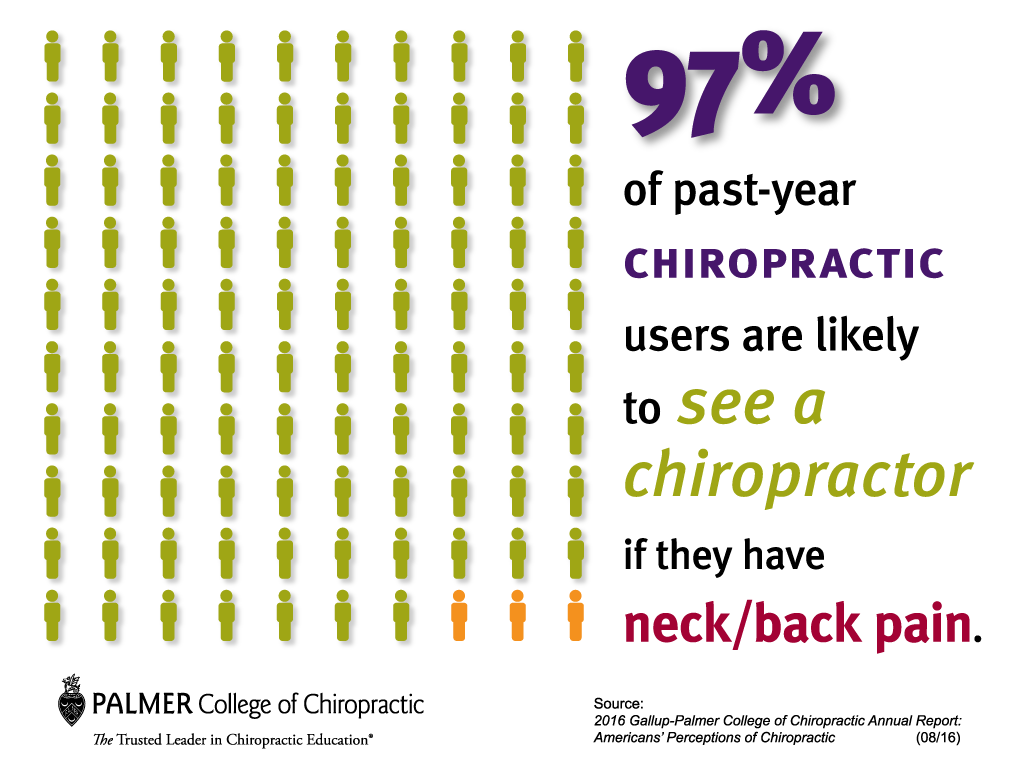Be Prepared To Decipher The Appealing Cellular Communications Associated With Cold Laser Therapy And Its Utilization Of Light For The Function Of Healing. Engage On Your Own Better Into The Realm Of Science!
Be Prepared To Decipher The Appealing Cellular Communications Associated With Cold Laser Therapy And Its Utilization Of Light For The Function Of Healing. Engage On Your Own Better Into The Realm Of Science!
Blog Article
Team Author-Rush Peters
You may have become aware of cold laser therapy as an encouraging therapy option for different problems, yet have you ever before asked yourself exactly how it really deals with a cellular level? Recognizing neck and back pain relief stamford ct behind this treatment can clarify its efficiency in promoting healing and decreasing inflammation. By discovering the scientific research behind cold laser treatment, you'll get understandings into the interesting methods which light can influence mobile processes and facilitate cells fixing.
Exactly How Cold Laser Therapy Works
To comprehend exactly how cold laser therapy works, you require to understand the essential principles of exactly how light power communicates with biological cells. Cold laser treatment, also called low-level laser treatment (LLLT), makes use of specific wavelengths of light to penetrate the skin and target underlying cells. Unlike laser smoking cessation near me made use of in procedures, cold lasers release low degrees of light that don't generate warmth or trigger damages to the tissues.
When these mild light waves reach the cells, they're soaked up by components called chromophores, such as cytochrome c oxidase in mitochondria. This absorption sets off a collection of organic actions, consisting of raised cellular power manufacturing and the launch of nitric oxide, which improves blood circulation and lowers inflammation.
Additionally, the light energy can likewise stimulate the production of adenosine triphosphate (ATP), the power currency of cells, assisting in mobile repair service and regrowth processes.
In essence, cold laser treatment harnesses the power of light power to promote recovery and ease discomfort in a non-invasive and mild fashion.
Systems of Activity
Exactly how does cold laser therapy actually work to generate its healing effects on organic cells?
Cold laser treatment, likewise known as low-level laser treatment (LLLT), runs with a process known as photobiomodulation. When the cold laser is put on the skin, the light energy permeates the cells and is taken in by chromophores within the cells.
These chromophores, such as cytochrome c oxidase in the mitochondria, are after that stimulated by the light energy, leading to a cascade of biological responses. laser quit smoking price of activity is the improvement of cellular metabolic rate.
The taken in light power raises ATP production in the mitochondria, which is critical for mobile feature and repair work. Additionally, cold laser treatment aids to minimize inflammation by hindering inflammatory moderators and advertising the launch of anti-inflammatory cytokines.
This anti-inflammatory result adds to discomfort relief and tissue healing.
Restorative Results
Comprehending the therapeutic impacts of cold laser therapy involves identifying exactly how the enhanced mobile metabolic rate and anti-inflammatory homes contribute to its favorable end results on biological tissues.
When the cold laser is put on the afflicted area, it boosts the mitochondria within the cells, bring about increased production of adenosine triphosphate (ATP), which is vital for cellular feature and repair work. This increase in mobile energy increases the recovery procedure by promoting tissue regeneration and minimizing swelling.
Furthermore, laser treatment for stop smoking -inflammatory homes of cold laser treatment aid to reduce discomfort and swelling in the targeted area. By inhibiting inflammatory arbitrators and promoting the launch of anti-inflammatory cytokines, cold laser therapy aids in minimizing pain and improving the overall healing reaction.
This reduction in swelling not just gives prompt alleviation yet likewise supports long-term tissue repair work.
Conclusion
To conclude, cold laser treatment functions by stimulating cellular fixing and cells regrowth via photobiomodulation. Its anti-inflammatory properties offer discomfort alleviation and reduce swelling by inhibiting inflammatory arbitrators.
This treatment supplies a detailed technique to recovery, supplying both instant relief and lasting tissue repair benefits.
Via its mechanisms of action, cold laser therapy shows to be an effective and promising treatment alternative for a selection of conditions.
